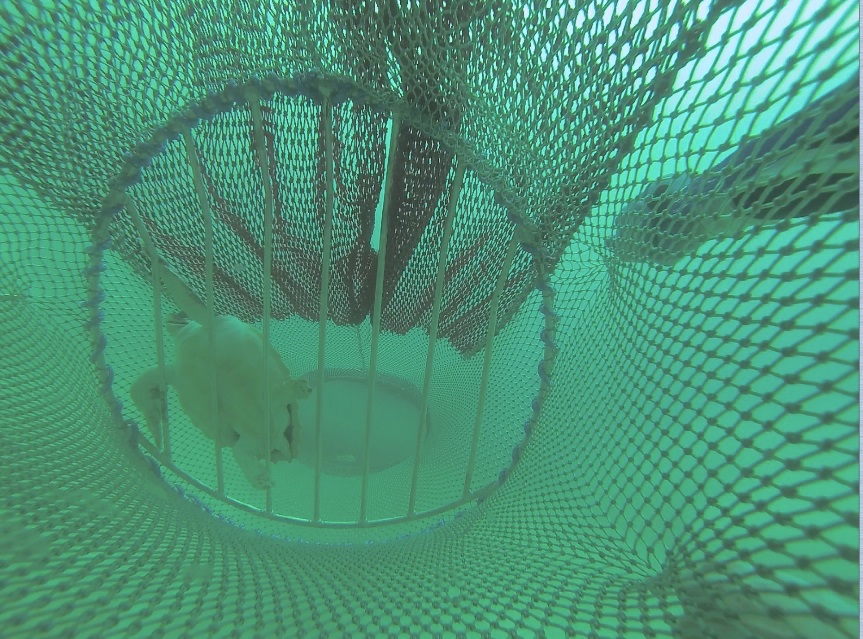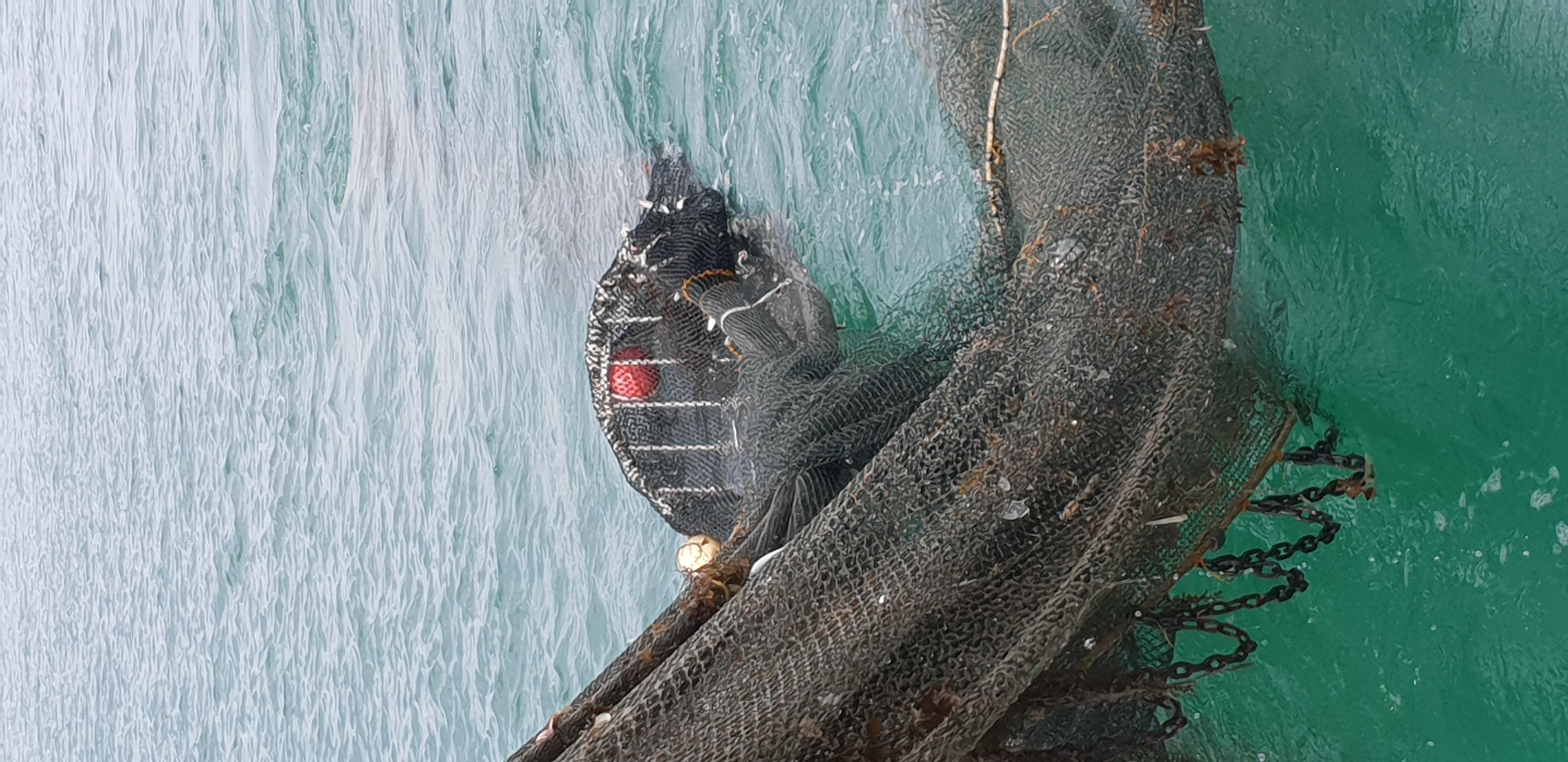The designations employed and the presentation of material on this map do not imply the expression of any opinion whatsoever on the part of IUCN concerning the legal status of any state, city or area or its authorities, or concerning the delimitation of its frontiers or boundaries.
Back




Introduction of Turtle Excluder Devices in Malaysia Trawl Fisheries
Contributing IUCN constituents: Marine Research FoundationIUCN Species Survival Commission 2021-2025
Project Details
| Name | Introduction of Turtle Excluder Devices in Malaysia Trawl Fisheries |
| Description | Malaysia’s fishing industry is dominated by trawl fisheries, contributing almost 50% of overall landings. This contributes to a high mortality rate of sea turtles, especially by shrimp trawl fleets – as turtles and shrimps happen to share the same habitats. Every year, thousands of sea turtles get trapped in fishing nets and eventually drown, as they are unable to reach the surface to breath. One of the many ways to prevent the accidental catch or bycatch is by fitting nets with a simple device that helps sea turtles to escape through an escape route, called a Turtle Excluder Devices (TEDs). The use of TEDs offers practical low-cost solutions to reduce the loss of endangered sea turtles, to preserve our marine environment and to sustain the livelihoods of the local fishing communities and our fisheries. TEDs were first introduced in Malaysia in 2007 as an NGO-led project initiated by the Marine Research Foundation (MRF). After a successful chain of events, TEDs became a full-scale National program in 2013 under the Department of Fisheries Malaysia (DOFM), and have subsequently became a legal requirement in four states in Malaysia (Kelantan, Terengganu, Pahang, & Johor) since 2017. Malaysia is currently TED-certified under the U.S. Certification Section 609 from the US State Department with a certified Malaysia TED design under its belt. MRF continues work alongside DOFM to support fishers and get them ready for each monsoon shrimp season, and participates in the annual inspections for re-certification. All that remains is to continue to provide the requisite knowledge and skills to fishers, net makers and fisheries officers in the remaining States, further expanding the TEDs implementation nation-wide. We believe, together with the government and fishing communities, TED adoption will safeguard Malaysia’s sea turtles’ populations as well as fisheries sustainability, while preserving fisher livelihoods. |
| Contributing IUCN Constituent | Marine Research FoundationIUCN Species Survival Commission 2021-2025 |
| Start Date | 12/31/2006 |
| End Date | 12/30/2022 |
| Conservation Actions | 1.2. Resource & habitat protection3.1.1. Harvest management4.2. Training4.3. Awareness & communications5.1.2. National level5.2. Policies and regulations6.1. Linked enterprises & livelihood alternatives |
| Needed annual budget | $250,000.00 |
| Total annual budget | $150,000.00 |
| Staff | ♀ 5 | ♂ 1 |
| Beneficiaries | ♀ 400 | ♂ 2,000 |
Potential reduction of species extinction risk resulting from threat abatement actions
This stacked bar chart represents the relative disaggregation of the selected contribution's total potential opportunity for reducing global species extinction risk through taking actions to abate different threats to species within its boundaries. The percentages refer to the amount of the total opportunity that could potentially be achieved through abating that particular threat.
% Contribution of threats to species extinction
1.27%
Industrial & military effluents
1.27%
Fishing & harvesting aquatic resources
1.48%
Agricultural & forestry effluents
4.39%
Other
5.55%
Storms & flooding
6.34%
Fire & fire suppression
8.72%
Wood & pulp plantations
16.17%
Hunting & collecting terrestrial animals
23.41%
Logging & wood harvesting
29.21%
Annual & perennial non-timber crops
Threat type